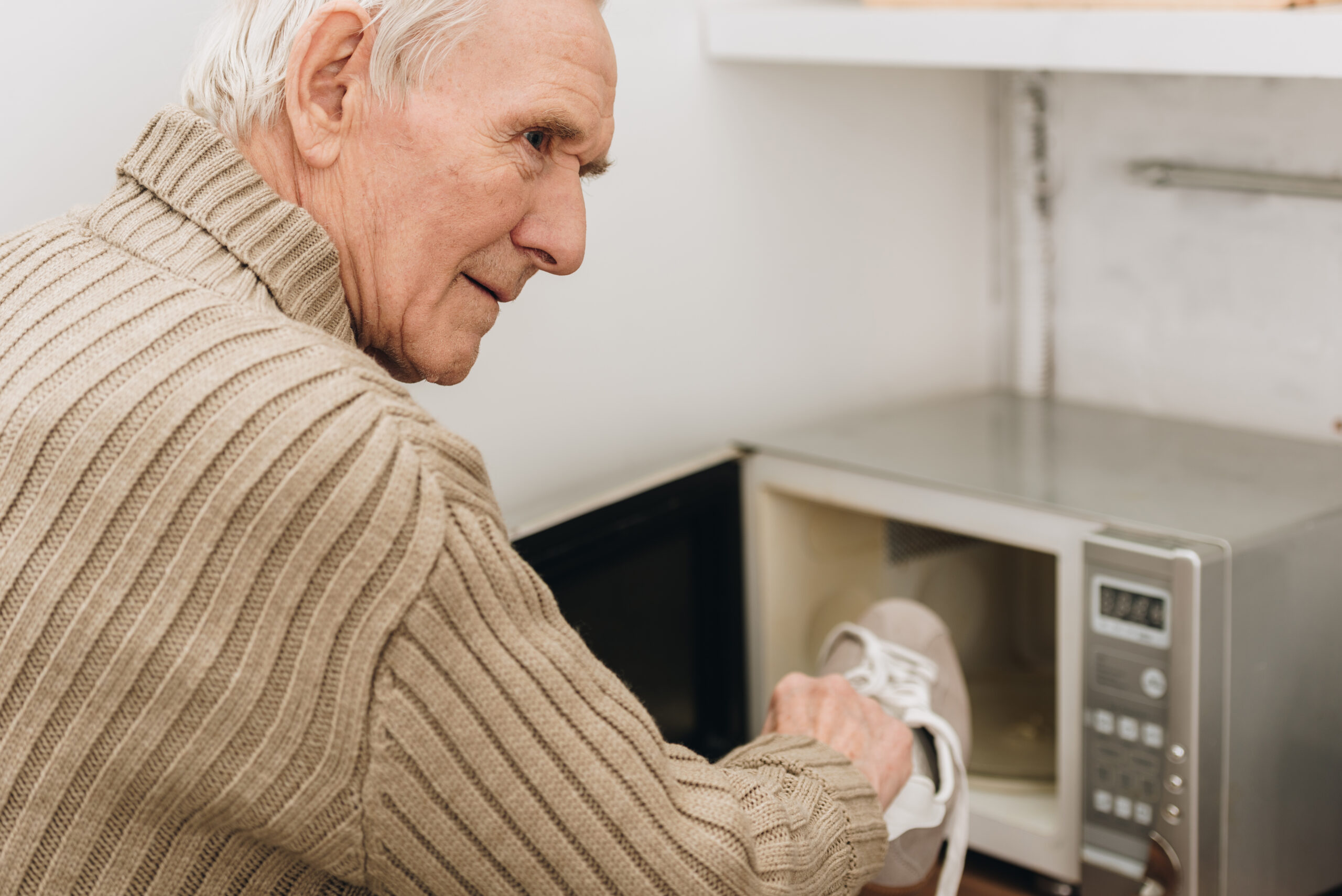What is joint effusion and how is it treated in seniors
Joint effusion is a medical term that means there’s extra fluid inside a joint. This can happen in any joint, like the knee, ankle, or elbow. For seniors, this condition is especially common because joints naturally wear down with age and are more likely to get injured or develop arthritis.
When someone has joint effusion, they might notice swelling around the affected area. The skin over the joint can look puffy and feel tight. Pain often comes along with the swelling—sometimes it’s mild and other times it can be quite sharp or aching. Moving the joint becomes harder too; bending or straightening might feel stiff or uncomfortable.
There are several reasons why seniors might develop joint effusion. Arthritis is one of the biggest causes—both osteoarthritis (from wear and tear) and rheumatoid arthritis (an autoimmune disease) can lead to extra fluid in joints. Injuries like falls or twists also cause swelling as part of the body’s healing response. Sometimes infections get into a joint, which is called septic arthritis; this needs quick treatment because it can damage the joint if left alone.
Doctors usually start by asking about symptoms and doing a physical exam to check for swelling, pain, and how well you can move your affected limb. They may order imaging tests such as X-rays or ultrasounds to see inside your joints better and figure out how much fluid has built up.
Treatment depends on what caused the effusion in the first place:
– **Rest:** Taking pressure off your sore joint helps reduce pain.
– **Ice:** Applying ice packs for short periods decreases swelling.
– **Compression:** Wrapping an elastic bandage around your swollen area supports it.
– **Elevation:** Keeping your leg raised above heart level helps drain excess fluids away from swollen areas if legs are involved.
– **Medications:** Over-the-counter pain relievers such as acetaminophen (Tylenol) help manage discomfort while anti-inflammatory drugs like ibuprofen reduce both inflammation & pain but should be used carefully under doctor supervision due possible side effects especially among older adults who may have kidney issues etcetera
– **Physical Therapy Exercises** designed specifically by professionals improve strength flexibility mobility without putting too much strain on already weakened tissues
– If infection suspected antibiotics will be prescribed immediately after proper diagnosis through lab tests analyzing samples taken directly from within affected space itself via needle aspiration procedure performed sterile environment hospital clinic setting
Sometimes when large amounts accumulate causing severe symptoms doctors recommend draining out excess using syringe technique known medically arthrocentesis which provides relief quickly but must always done safely avoid introducing germs into sensitive areas
For chronic cases related long-term conditions such osteoarthritis rheumatoid disease ongoing management includes regular checkups lifestyle changes maintaining healthy weight eating nutritious foods staying active within limits comfort level all play important roles keeping symptoms manageable preventing further deterioration overall quality life remains high possible despite presence underlying health challenges associated aging process itself
If you notice new unexplained persistent painful swellings near any major moving parts body especially accompanied fever redness warmth seek prompt medical attention since these could signal serious problems requiring urgent care intervention prevent complications down road including permanent disability loss function altogether so never ignore warning signs even if seem minor at first glance always better safe than sorry approach matters most when dealing delicate structures human anatomy particularly later stages life where resilience recovery capacity naturally decline somewhat compared younger counterparts earlier decades existence





